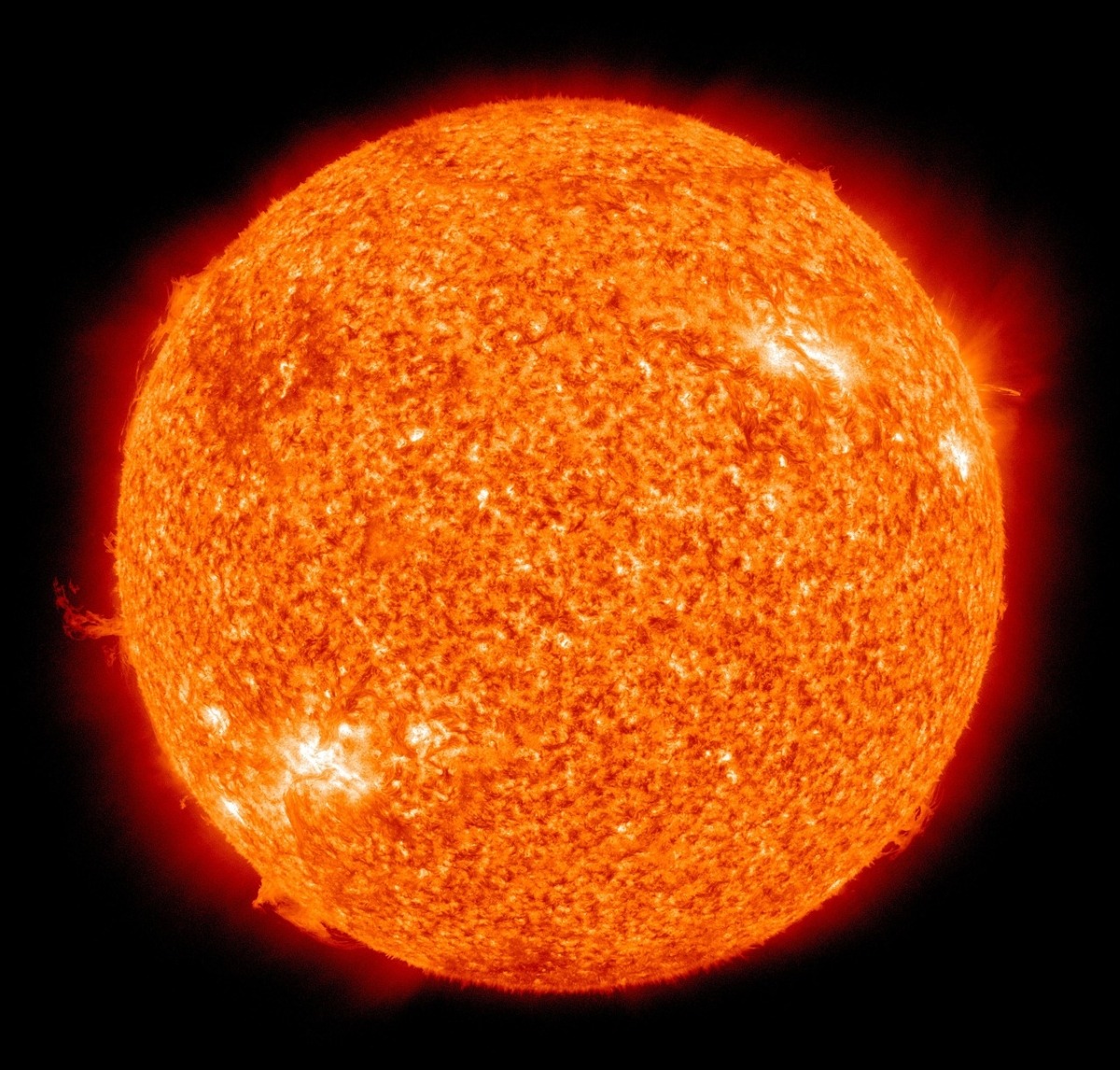Fresh off the heels of a groundbreaking lunar landing just last month, the Indian Space Research Organisation (ISRO) has once again demonstrated its prowess with the successful launch of the Aditya-L1 spacecraft. This mission, dedicated to the study of our Sun, promises to unravel some of the most intriguing mysteries surrounding our closest stellar neighbor.
Aditya-L1’s Spectacular Launch.
On September 2, Aditya-L1 embarked on its remarkable journey from the Satish Dhawan Space Centre, located on Sriharikota Island. The spacecraft was carried into space atop ISRO’s Polar Satellite Launch Vehicle (PSLV). Approximately one hour after liftoff, Aditya-L1 was deployed into low-Earth orbit, marking the beginning of its extraordinary odyssey. Over about 110 days, Aditya-L1 will travel a staggering 93 million miles (150 million kilometers) before reaching its final destination: a halo orbit strategically positioned between the Sun and Earth.

Mission Overview.
Aditya-L1’s primary objective is an all-encompassing exploration of the Sun, with a specific focus on three critical facets: the corona (the Sun’s outermost layer), the photosphere (the Sun’s surface), and the solar wind. Among the myriad mysteries it seeks to uncover is the perplexing question of why the corona maintains a significantly higher temperature than the photosphere, despite being farther from the Sun’s core.
The spacecraft’s location at Lagrange point 1 (L1), a stable point roughly 900,000 miles (1.5 million km) from Earth, provides an unprecedented vantage point. From this unique position, Aditya-L1 can maintain a continuous, unobstructed view of the Sun, free from interference from Earth. The mission is anticipated to last approximately five years.

Mission Evolution and Design
The Aditya-L1 mission has evolved considerably since its inception in 2008. Initially conceived as a modest 880-pound (400-kilogram) satellite in low-Earth orbit, the mission has grown significantly over the past 15 years. Presently, it launches with an impressive mass of nearly 3,300 pounds and ventures well beyond low-Earth orbit.
ISRO’s innovation is apparent in the design of Aditya-L1. The cube-shaped spacecraft boasts a honeycomb sandwich structure, and its integrated miniaturized GPS receiver provides real-time data on position, velocity, and time. Furthermore, two solar panels, when unfolded, will ensure a continuous power supply by recharging Aditya-L1’s lithium-ion battery.
Scientific Instruments
To address its primary questions regarding the Sun’s behavior, Aditya-L1 is equipped with seven specialized instruments:

1. Visible Emission Line Coronagraph (VELC):
This instrument observes the inner corona, focusing on phenomena such as CMEs and plasma bursts to shed light on the mysteries of coronal overheating.
2. High Energy L1 Orbiting X-ray Spectrometer (HEL1OS):
Concentrating on high-energy X-rays generated during solar flares, this instrument monitors thermal and non-thermal emissions, providing insights into flare generation and evolution.
3. Solar Low Energy X-ray Spectrometer (SoLEXS):
Focused on soft X-rays, SoLEXS measures X-ray flux to unravel the mechanisms behind coronal heating.
4. Solar Ultraviolet Imaging Telescope (SUIT):
Capturing near-ultraviolet images of the solar disk, SUIT aids in understanding energy transfer between the photosphere, chromosphere, and corona.
5. Magnetometer (MAG):
This magnetic sensor measures the interplanetary magnetic field at L1, essential for studying events like coronal mass ejections (CMEs) and solar plasma waves.
6. Aditya Solar Wind Particle Experiment (ASPEX):
Equipped with two sensors, ASPEX investigates the origins and acceleration of charged particles in the solar wind.
7. Plasma Analyser Package for Aditya (PAPA):
Developed by the Vikram Sarabhai Space Centre, PAPA focuses on studying the solar wind’s composition, flux, and density over time.
Mission Costs
While ISRO has not officially disclosed the mission’s cost, estimates from Indian media suggest it’s around $46 million, a relatively modest sum in the realm of space exploration.
India’s Remarkable Achievements
With the successful launch of Aditya-L1, India has achieved two remarkable feats in a short span. While the nation has been steadily building its space program for years, this accomplishment solidifies its position as a significant player on the global space stage.
In conclusion, the Aditya-L1 mission marks a significant stride in our understanding of the Sun and its intricate behaviors. India’s commitment to space exploration continues to yield impressive results, promising exciting discoveries in the years to come.
